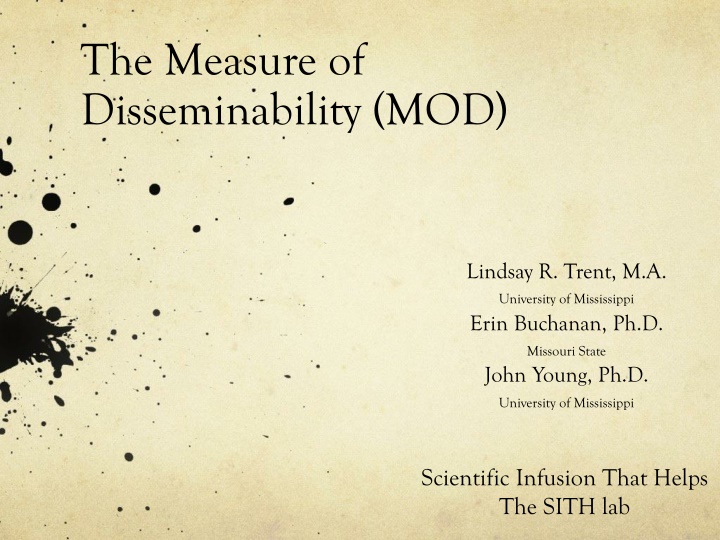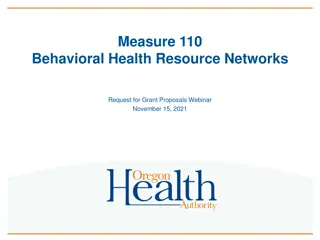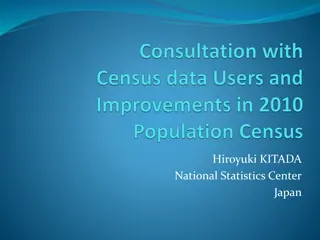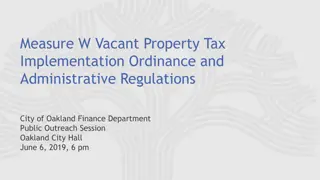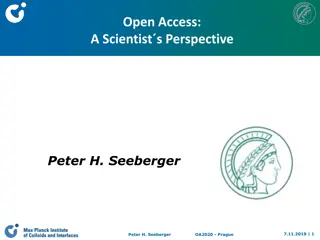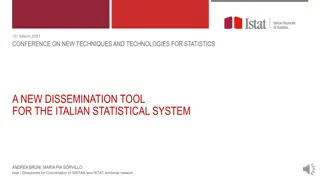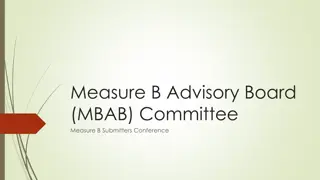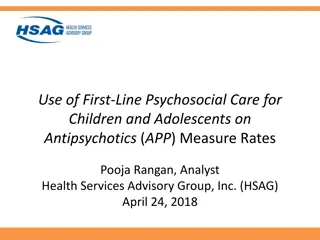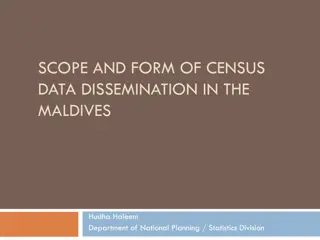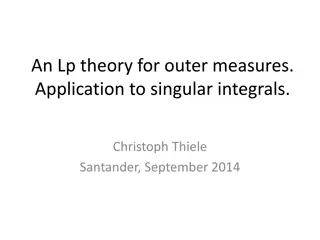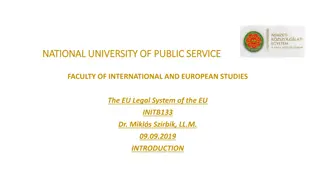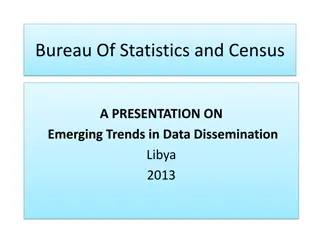Assessing Dissemination with Measure of Disseminability (MOD)
Develop a tool, MOD, to assess dissemination in EBP settings. Psychometrically examined with item pool, factors revealed, and psychometric properties explored across samples.
Download Presentation

Please find below an Image/Link to download the presentation.
The content on the website is provided AS IS for your information and personal use only. It may not be sold, licensed, or shared on other websites without obtaining consent from the author.If you encounter any issues during the download, it is possible that the publisher has removed the file from their server.
You are allowed to download the files provided on this website for personal or commercial use, subject to the condition that they are used lawfully. All files are the property of their respective owners.
The content on the website is provided AS IS for your information and personal use only. It may not be sold, licensed, or shared on other websites without obtaining consent from the author.
E N D
Presentation Transcript
The Measure of Disseminability (MOD) Lindsay R. Trent, M.A. University of Mississippi Erin Buchanan, Ph.D. Missouri State John Young, Ph.D. University of Mississippi Scientific Infusion That Helps The SITH lab
Introduction Evidence-Based Practice (EBP) rare in practice- oriented environments Unique challenges in these settings Effectiveness research Dissemination method No formalized way to assess a priori
Current study Develop a tool capable of assessing dissemination-relevant variables Psychometric examination Assess generalizability in an independent sample
Measure of Disseminability (MOD) Iterative measure development (e.g., Haynes, Richard, & Kubany, 1995) Item-generation Content validity Initial item-pool 55 items Likert-type scale (1-7)
Procedure Stimulus: anecdotal case vignette Cognitive Behavioral Therapy (CBT) for a patient experiencing depression Group administration Participants Undergraduate students First psychometric examination (N= 614; split sample) Development sample (N= 368) Cross-validation sample (N= 246) Second psychometric examination Independent sample (N= 477)
Statistical Procedures First psychometric examination First analysis Development sample EFA using initial item-pool (55 items) Second analysis Cross-validation sample EFA using retained items Second psychometric examination Confirmatory factor analysis in an independent sample
Results: Final Version of MOD Thirty two items retained Three factors 1. Treatment evaluation Comparability to other treatments Expected rate of improvement Goals worth cost 2. Level of comfort How ethical is the treatment Reaction to treatment provider 3. Negative expectations Negative impact on self and others Intrusiveness
Results: Psychometric Properties Goodness of fit indices EFAs (First psychometric examination) Development Sample (n = 368) Cross-Validation Sample (n = 246) Total Percent of Variance Explained 53.34% 51.13% Eigenvalues (Percent of variance explained) Factor 1 12.462 (38.944) 11.975 (37.422) 2.736 (8.549) 2.638 (8.244) Factor 2 1.872 (5.850) 1.750 (5.468) Factor 3 RMSEA .06 .06 RMSR .037 .042 Test-retest reliability (N=107) R= .93 CFA (Second psychometric examination) Chi-squared/df 3.072 RMSEA .066 (90% CI= .062 -. 070) NFI .817 CFI .868 Three factor model
Conclusions Three factor model supported across independent samples Mental health consumer Integration of other social sciences Ongoing research
Future Directions Large mental health systems Modify for usage with practitioners and other stakeholders Access information at little cost Inform dissemination strategy
